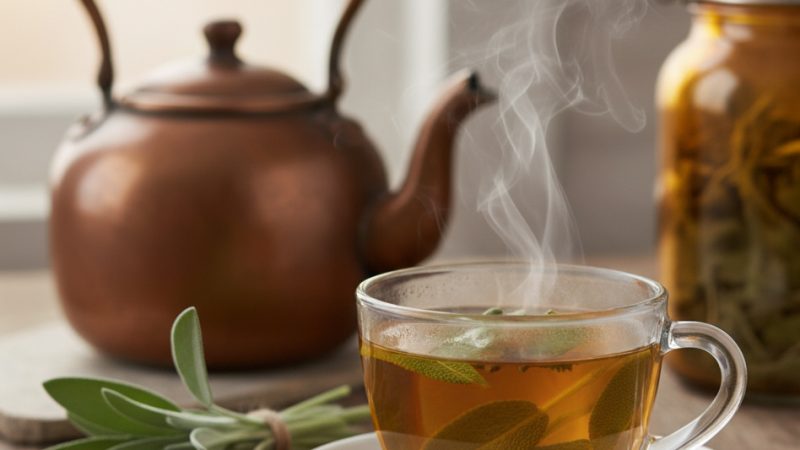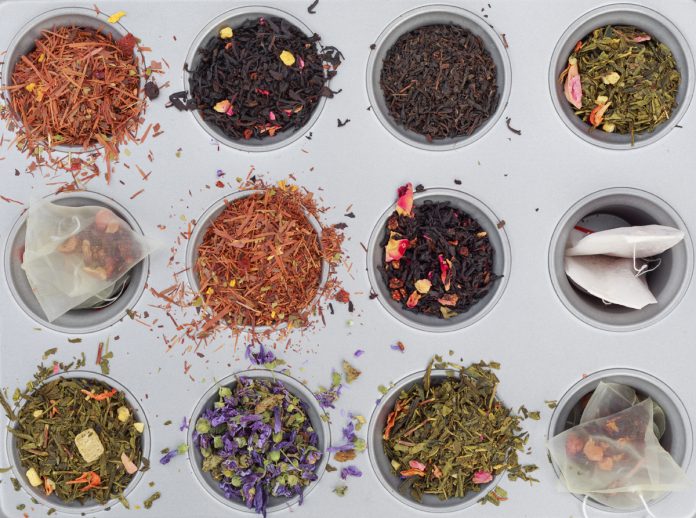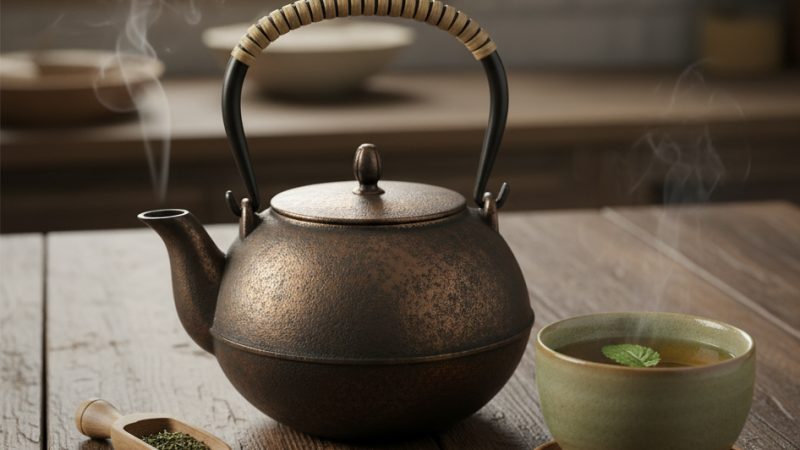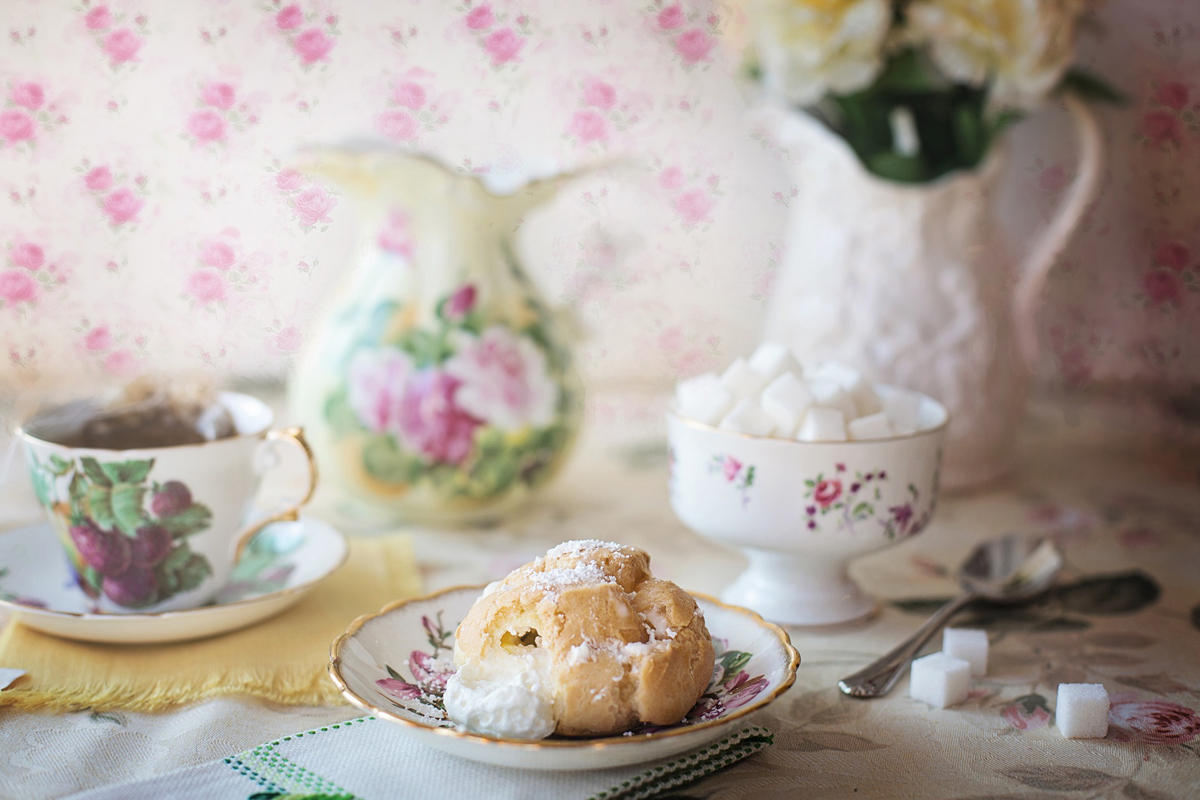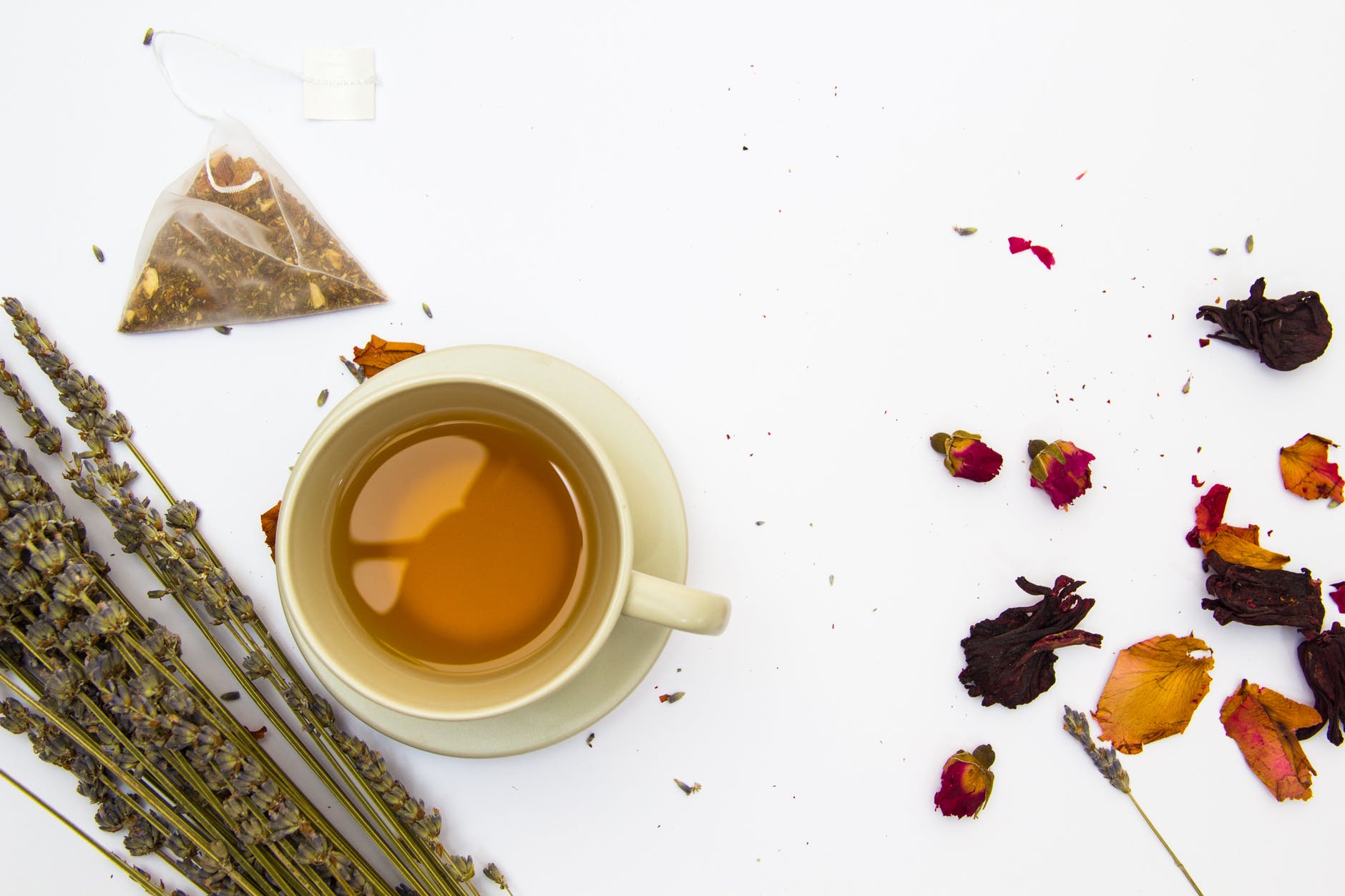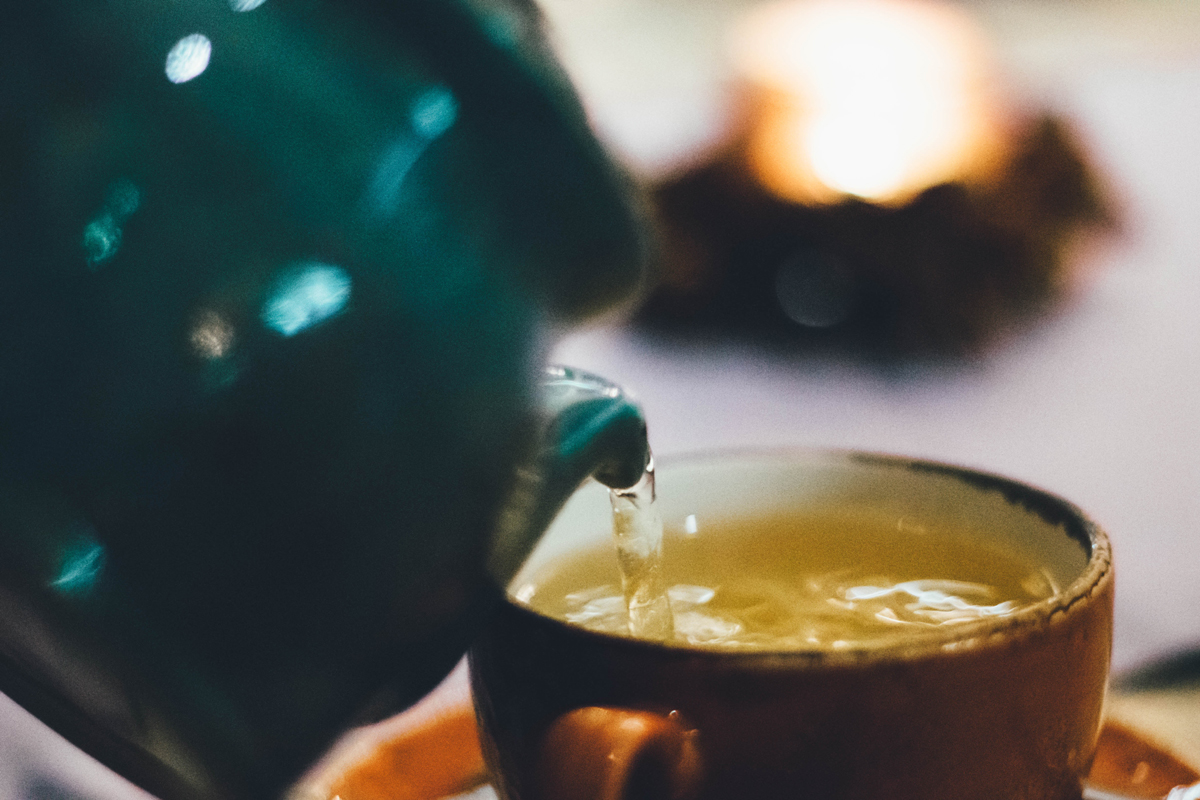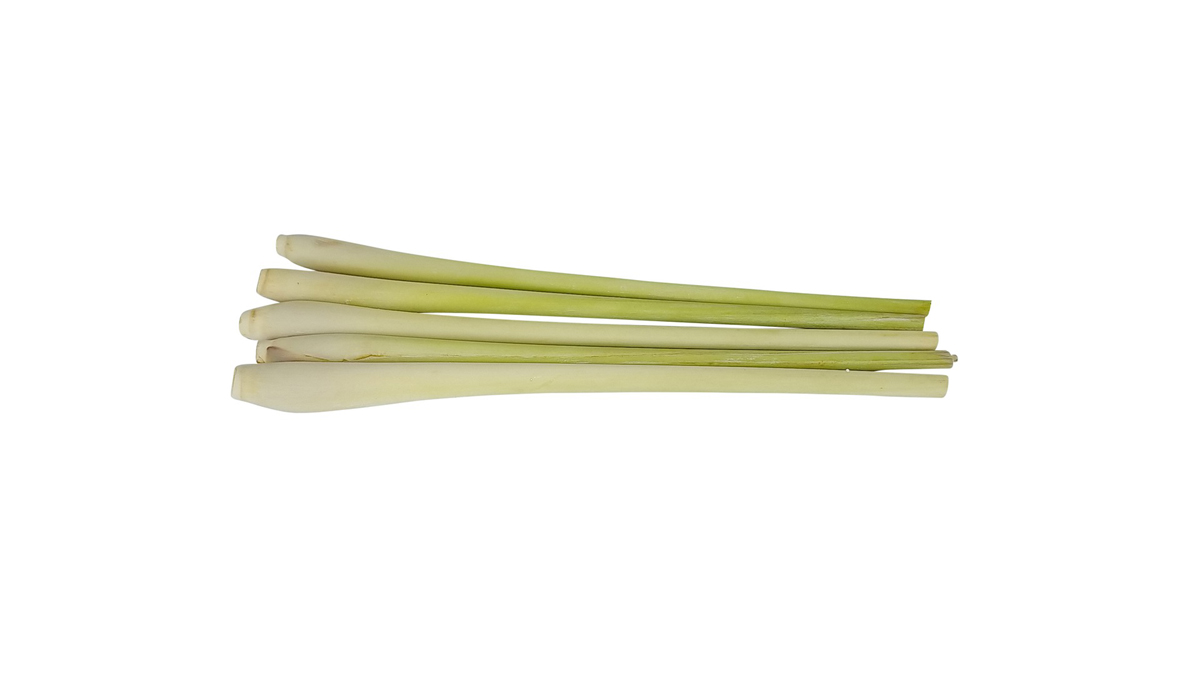Making The Perfect Cup of Tea
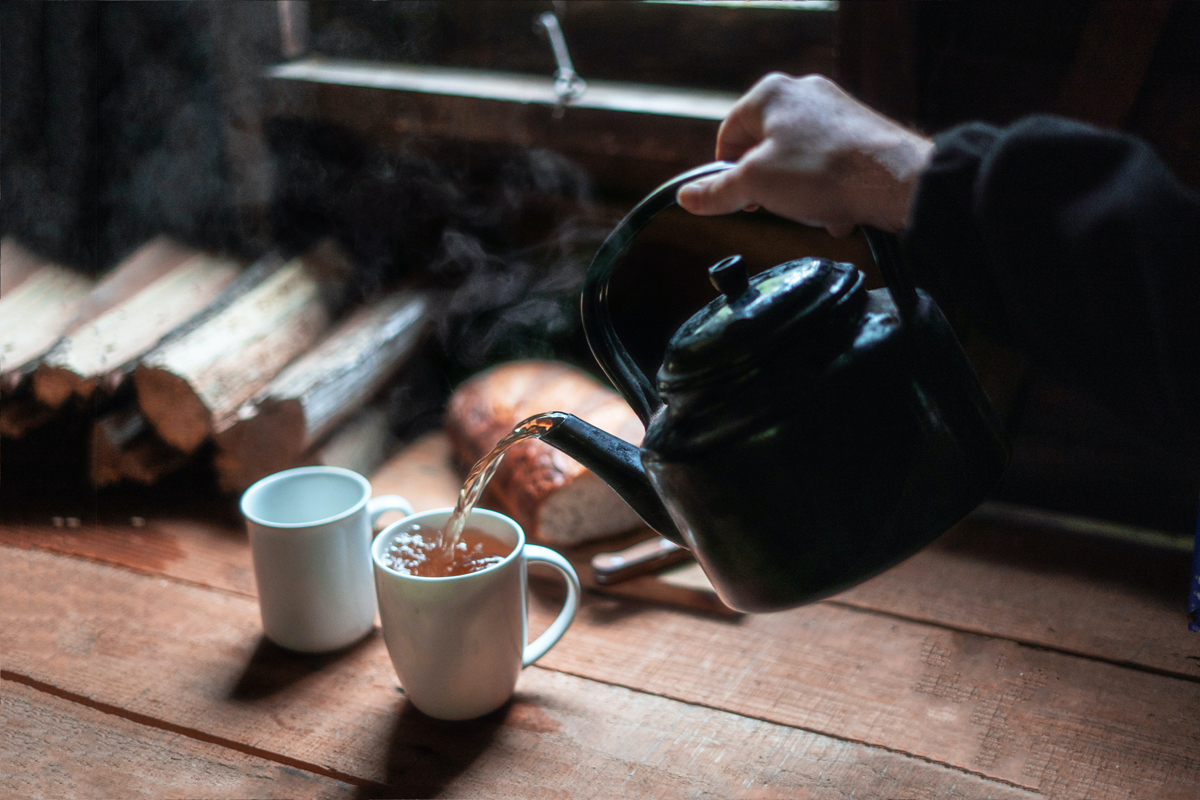
The 19th Century British Statesman William Gladstone once said of tea: “If you are cold, tea will warm you; if you are too heated, it will cool you; if you are depressed, it will cheer you; if you are excited, it will calm you.”
Millions of people around the world appear to agree that tea is the perfect drink for many occasions making the perfect cup of tea can be somewhat of a challenge. To make the perfect cup requires a little care and patience but if you follow the simple good and right steps below then you can expect an excellent and refreshing result every time.
The Three Good Steps
Find a good tea from a reliable source. Try a number of different teas until you find the one that is right for you. The main tea types are green, oolong, black and white teas and each has its own distinct style, taste and character. The tea leaf will also absorb any aroma from its environment and you can find tea infused with delightful fragrances such as jasmine or lotus flowers or with spices such as ginger and cinnamon.
In my opinion, leaf teas brewed in a pot provide the best all round taste as it allows more of the goodness to be extracted from more of the leaf. Buy just enough tea to last you a few weeks or months as this is when your tea will be at its best. The enemies of tea are light, heat and other aromas and so it is best to store in an airtight container away from direct light and in a cool place. Tea can be stored in the refrigerator but if you choose to do this make sure to keep it there until it is finished.
Use good quality water such as spring or filtered water if at all possible. Clean soft water is preferred and so try to ensure that chlorine and other impurities are removed before use. Each type of tea has a preferred water temperature for steeping and this is also discussed further below. However, whatever temperature is required do not use water that has been boiled many times as repeated boiling will deplete the oxygen content and can lead to flat tasting tea.
Use good quality and appropriate tea ware. Porcelain, stoneware and glass are recommended for brewing and you should try to avoid plastic and metal wherever possible. Glass is good for low temperature brewing and allows you to watch the leaves unfold. Porcelain and stoneware are more traditional and if you are using unglazed pots then it will absorb the flavor from the tea – for this reason it is usual to only use an unglazed pot for one type of tea.
The celebrated 8th Century tea enthusiast Lu Yu wrote that in order to enjoy a really delicious cup of tea a porcelain cup should be used, preferably beside a lily pond in the company of desirable women. The suggestion of a porcelain cup is a good one to enjoy a tea to its full potential but you will need to make your arrangements regarding lily ponds and companions.
The Three Right Steps
Use the right amount of tea. As a guide I usually suggest 3.5g per 100 ml of water but you should adjust this to your personal preference. Try to think in weight rather than teaspoons because different types of tea have very different densities and so a teaspoon of black tea will weigh very differently from a teaspoon of white.
Remember that with good quality leaf teas the same leaves can be infused several times and that each time you brew the tea different subtleties of its delicate flavors will be released. In some cultures it is believed that the second or third brew of fine tea is the best.
Use water at the right temperature for your chosen tea. Lower temperatures are recommended for white and green teas, a little hotter for oolongs and on the point of boiling for black teas. Using water that is too hot for teas with greener leaves will result in a much more bitter taste, so beware! It can quite difficult to judge temperature if you do not have a kettle with a thermostat so maybe use the old maxim that when the bubbles look like crabs eyes it is ready for green tea and when they are like fish eyes it is ready for black. As a guide, recommended water temperatures are:
- White Tea: 75-80C or 167-176F
- Green Tea: 80-85C or 176-185F
- Oolong Tea: 85-90C or 185-194F
- Black Tea: 95-100C or 203-212F
The right timing to achieve the desired brew strength. It is particularly critical for the greener leaf teas as left too long the tea will become much more astringent and less sweet. After each brew strain the tea completely from the leaves and set aside for the next use. Timing is once again a matter of personal preference and I would suggest starting at around two minutes for all teas and adjusting to suit your taste with experience.
Adding Milk and Sugar?
White teas are delicate and naturally sweet and so you are not likely to need to add sugar or milk. With green tea I prefer to add honey rather than sugar. With black tea anything goes. The best leaf teas do not need anything but don’t worry that there are any right and wrongs, it is entirely a matter of individual taste.
So that’s all there is to it. We drink tea for a hundred or more reasons. Tea will bring relaxation, peace of mind, enjoyment between friends, refresh you in the morning and sooth your after a hard day’s work. Tea reflects your preferences, tastes and moods. Explore it, experiment and have fun.
The Author:
Geoffrey R Hopkins is a founder and director of Hatvala Tea and Coffee which specializes in pure, high quality teas and coffee from Vietnam. For many years Vietnam has focused on production quantity where it has become the second largest producer of coffee and fifth largest producer of tea in the world. Now there is a growing focus of quality and our mission is to raise awareness of these Vietnamese products to a worldwide audience.
For more information about our products please visit us at Hatvala.com
Photo. Harry Cunningham

